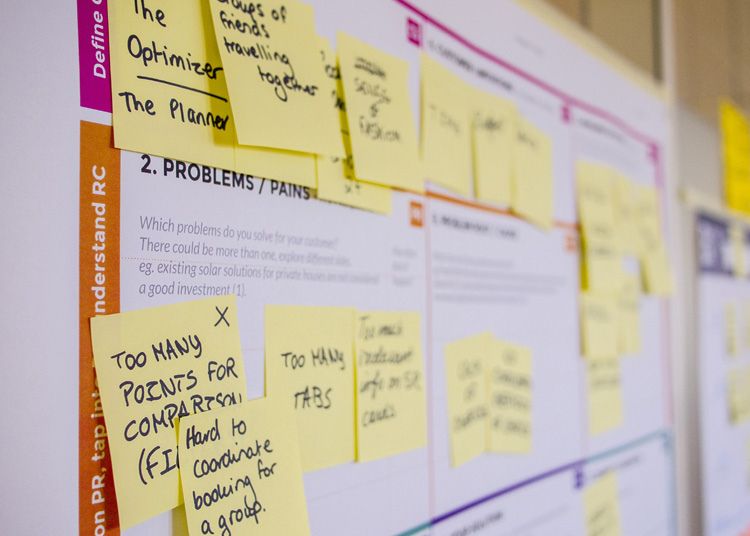The Business Model Canvas (BMC) is a single-page tool that helps you map out your business idea. Instead of a lengthy, complex business plan, it allows you to view all the key aspects of your business in one simple chart. Startups and large companies alike use it to plan, organize, and grow. This is a key startup planning tool for any business owner.
Imagine the early days of Airbnb. Instead of a massive business plan, they could map their business model strategy in a single view:
- Customer Segments: Travelers looking for unique stays and hosts with spare rooms.
- Value Propositions: Affordable accommodation, authentic local experiences, and extra income for hosts.
- Channels: Their online platform. This simple, visual approach helped them quickly test and scale their idea.
Here are some facts that show why the BMC is so important:
- Time-saving: Creating a Business Model Canvas is significantly faster than writing a traditional business plan, often taking just a few hours instead of weeks, making it ideal for the fast-paced startup world.
- Problem-solving: The canvas helps businesses identify and address key issues and assumptions early in the planning process, reducing risk before a product even launches.
- Success Rate: A well-defined Business Model Canvas is a powerful tool to impress investors with BMC. Startups that can clearly articulate their business model are more likely to secure funding and support.
Ready to build a clear and powerful plan for your business? Here are the 9 steps to create your own Business Model Canvas.
Key Elements of the Business Model Canvas
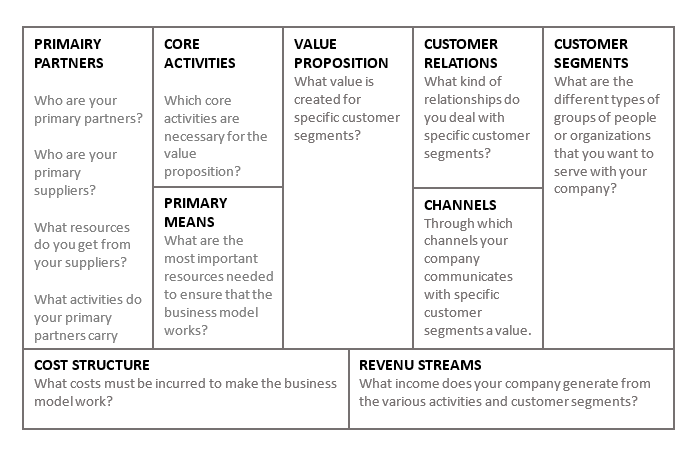
Step 1: Customer Segments
Who are your customers? This is the heart of your business. Break down your audience into groups based on their needs, behaviors, and demographics. For example, your customer segments could be “young professionals” or “small business owners”.

Step 2: Value Propositions
What unique value do you offer your customers? This is the core problem you solve for them. Think about what makes your product or service special. Why should a customer choose you over a competitor?
A Deeper Dive: The Value Proposition Canvas
To truly perfect your Value Proposition, you can use a companion tool called the
Value Proposition Canvas. This framework helps you understand your customer on a deeper level by focusing on three key areas:
- Customer Jobs: What tasks are your customers trying to get done? (e.g., a student needs to study for an exam).
- Pains: What are the negative experiences or frustrations they face while doing those jobs? (e.g., the student is stressed and runs out of time).
- Gains: What are the positive outcomes or benefits they hope to achieve? (e.g., they want to pass the exam and feel confident).
By understanding these points, you can then design a value proposition that directly acts as a Pain Reliever and a Gain Creator, ensuring your offer is a perfect fit for your customer’s needs.
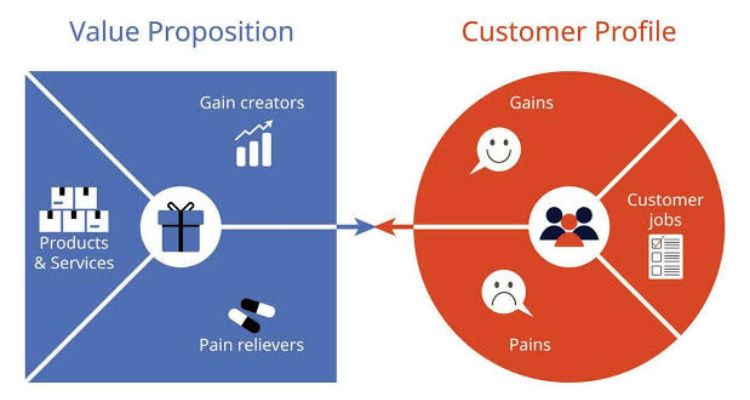
Step 3: Channels
How do you reach your customers? Channels are the ways you communicate with and deliver value to your customer segments. This could include your website, social media, a physical store, or a sales team.
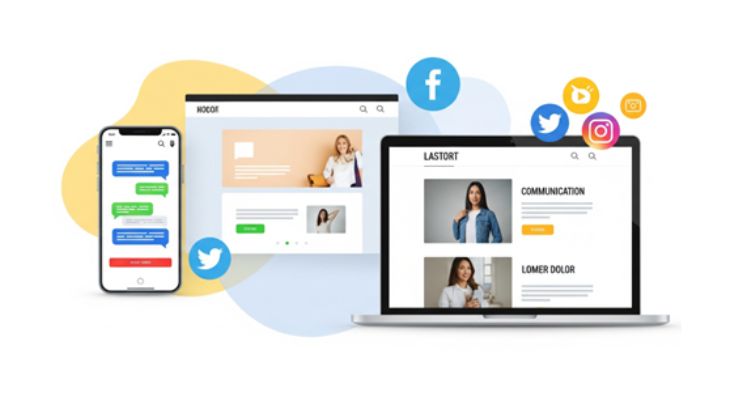
Step 4: Customer Relationships
How do you build and maintain relationships with your customers? This could be through personal support, automated emails, or a community platform. It defines how you maintain long-term customer interaction.
Step 5: Revenue Streams
How does your business make money? List all the ways you generate revenue from your value propositions. This could be through direct sales, subscriptions, licensing fees, or advertising.
The Power of Recurring Revenue: Subscription Model Growth
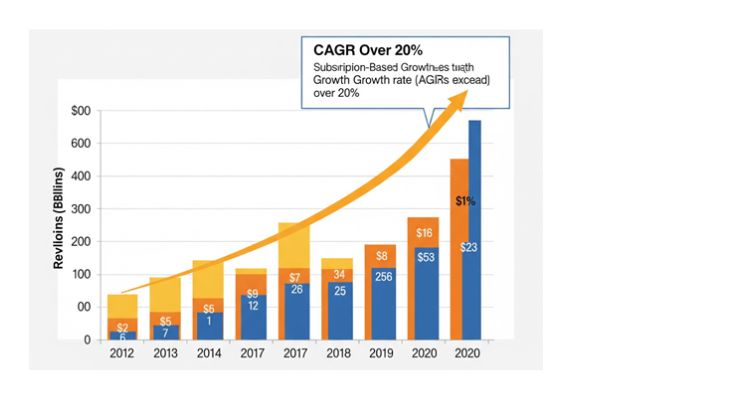
The above chart shows that subscription-based business models can lead to a growth rate of over 20%. This chart highlights the financial strength of the business model strategy. Worldwide subscription commerce revenue grew at a compound annual rate of over 20% from 2012 to 2020, reaching over $500 billion. This impressive statistic shows how a recurring revenue model can lead to more stable and accelerated growth than relying on one-time sales. (Source: The Rise of Subscription-Based Businesses)
Step 6: Key Resources
What key assets do you need to make your business model work? This includes people (your team), physical resources (equipment), financial resources (cash), and intellectual resources (patents, brand).
Step 7: Key Activities
What are the most important things your company must do to deliver its value proposition? If you are a software company, your key activities might be software development and maintenance.
Step 8: Key Partnerships
Who are your most important partners and suppliers? Key partnerships can help you optimize your business model, reduce risks, and acquire resources. This could include suppliers, distributors, or strategic alliances.
Step 9: Cost Structure
What are the most important costs in your business model? This includes all expenses related to your key activities, resources, and partnerships, such as salaries, rent, and marketing.
Final Thoughts
The Business Model Canvas is a powerful visual tool for mapping out your business idea. By methodically working through these 9 building blocks, you can gain a clear understanding of your business, find its strengths, and spot its weaknesses. It helps you turn your idea into a strong and organized plan.
Ready to put these steps into action and build a robust business model? Excellent business plan services are here to guide you.
Frequently Asked Questions
Is the Business Model Canvas just for startups?
No, the BMC is for businesses of all sizes, from new startups to large companies. It helps any business map and improve its model.
How is the BMC different from a business plan?
A business plan is a detailed document. The BMC is a one-page visual chart that is flexible and easy to update.
How often should I update my BMC?
You should review your BMC regularly as your business grows or as the market changes. Many people update it every few months.
Can I use the BMC for an existing business?
Yes! It’s an excellent tool for existing businesses to review their current model and find new opportunities for growth or change.
Can the BMC help you get funding?
Yes, it’s a great tool to show investors that you have a clear and organized business plan. Many investors are familiar with the BMC.
References
- LivePlan: Business Plan vs. Business Model Canvas: What’s the Difference? (https://www.liveplan.com/blog/business-plan-vs-business-model-canvas/)
- Visible.vc: Business Model Canvas: The Ultimate Guide for Startups (https://visible.vc/blog/business-model-canvas/)
- EVNE Developers: Business Model Canvas for Startups: A Guide to Creating Your First One (https://evnedev.com/blog/business-model-canvas-for-startups-a-guide-to-creating-your-first-one)
- Forbes: 5 Things To Know About The Subscription Economy (https://www.forbes.com/sites/forbesagencycouncil/2021/04/23/5-things-to-know-about-the-subscription-economy/?sh=7d9f78f85f3b)
- Humans of Globe: The Rise of Subscription-Based Businesses (https://humansofglobe.com/the-rise-of-subscription-based-businesses/)

